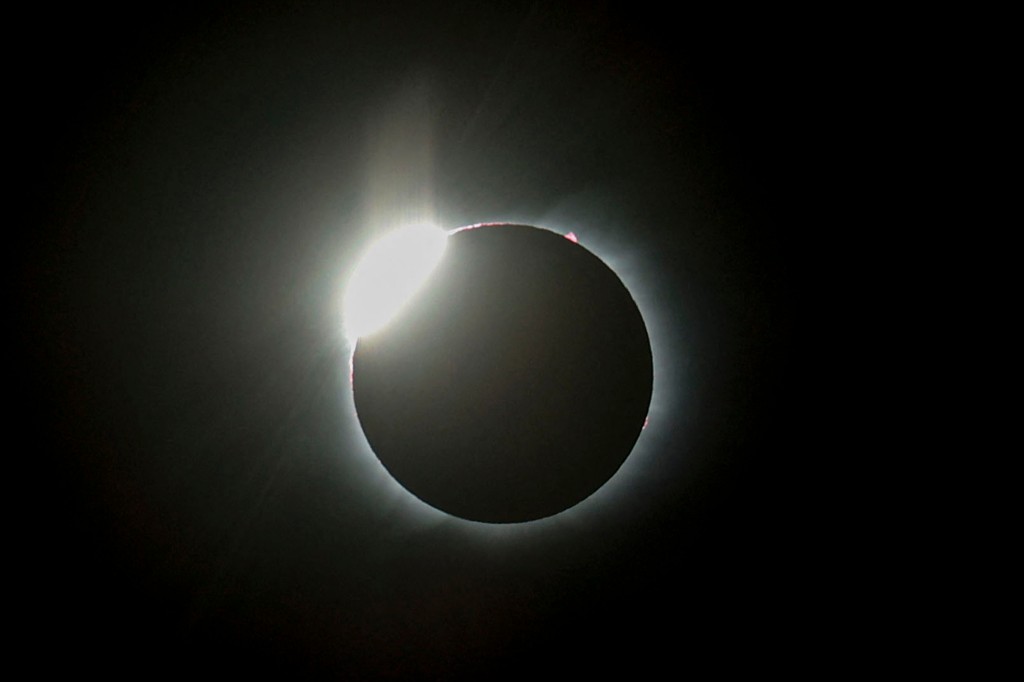These stunning photos show the moment the sun is completely covered by the moon in an amazing solar eclipse.
The phenomenon saw the sun completely disappear – however was only properly visible over Antarctica.
However, those in the Southern Hemisphere may have caught a partial eclipse.
Parts of Australia, South Africa, New Zealand and Chile might have been able to catch a glimpse of the striking change in the sky this morning.
And the pressure was on to see the stunning event, with the next solar eclipse is expected April 8, 2024 for those in the US.
Meanwhile, there are no eclipses expected in Europe for the rest of the 21st Century.
Thankfully, even if you couldn’t make it to Antarctica, you could still watch today’s eclipse online.
NASA livestreamed the spectacle, showing the moon slowly but surely cover the sun.
NASA said: “The eclipse will occur before, during and after sunrise or sunset.
“This means viewers will need to get a clear view of the horizon during sunrise or sunset.”
Watching the solar eclipse online means no safety required – just enjoy the magic via your screen.

If you’re lucky enough to see the eclipse in person, you should follow NASA’s advice.
“When viewing a partial solar eclipse, you must wear solar viewing or eclipse glasses throughout the entire eclipse if you want to face the Sun,” NASA says.
“Solar viewing or eclipses glasses are NOT regular sunglasses; regular sunglasses are not safe for viewing the Sun.

“If you are in the path of a total solar eclipse, you can take off your solar viewing or eclipse glasses only when the Moon is completely blocking the Sun.”
This story originally appeared on The Sun and has been reproduced here with permission.





